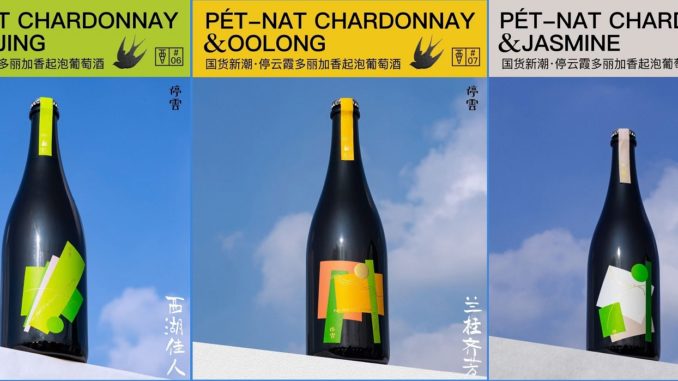
Is it not destiny for a country traditionally associated with tea to marry that brew with its modern grape wine industry?
Jianjun ‘Johnny’ Liu of Lingering Clouds in Ningxia is among those adventurers. Last vintage, he made a trio of Chardonnay pet-nats, each infused with one of three well-respected teas — jasmine, oolong and Longjing aka Dragon Well.
Liu has made wine in Ningxia for a decade and ranks among those “winemakers without wineries” who scout fruit each year, rent equipment and make wines to be sold under their own brands. The past two years, he’s increasingly turned his focus to natural wines and pet-nats.
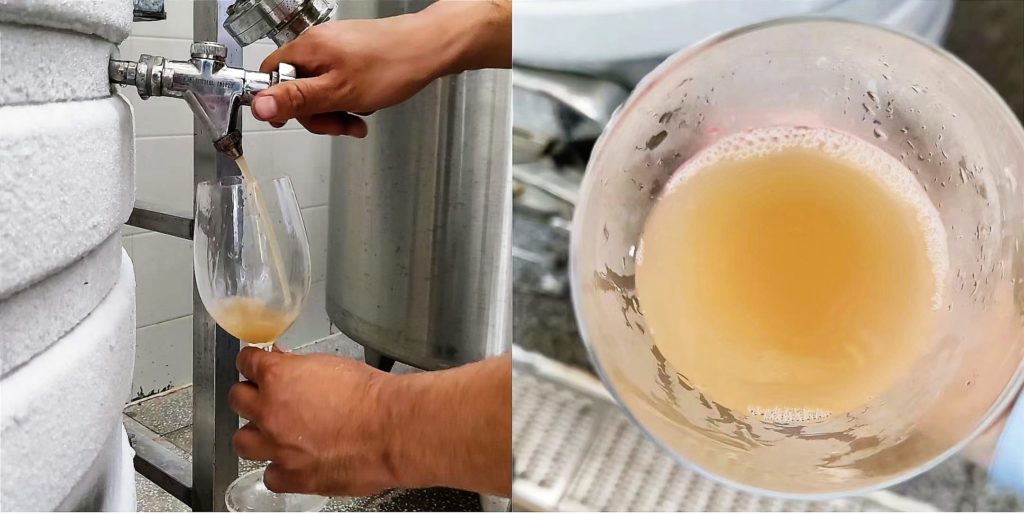
Liu’s first commercial foray into pet-nat was 2021, when he made a Riesling and a Muscat that captured the essence of that grape.
In 2022, he added a second Muscat, one even tastier than the first, plus three tea-inspired Chardonnays.
In short, he put a sachet of tea into each cold fermentation tank, then did taste tests daily until satisfied with the infusion, then removed the sachets. He said that process lasted about a month on average.
The wines are made with natural yeasts. With no sulfur added. And officially went on sale in December.
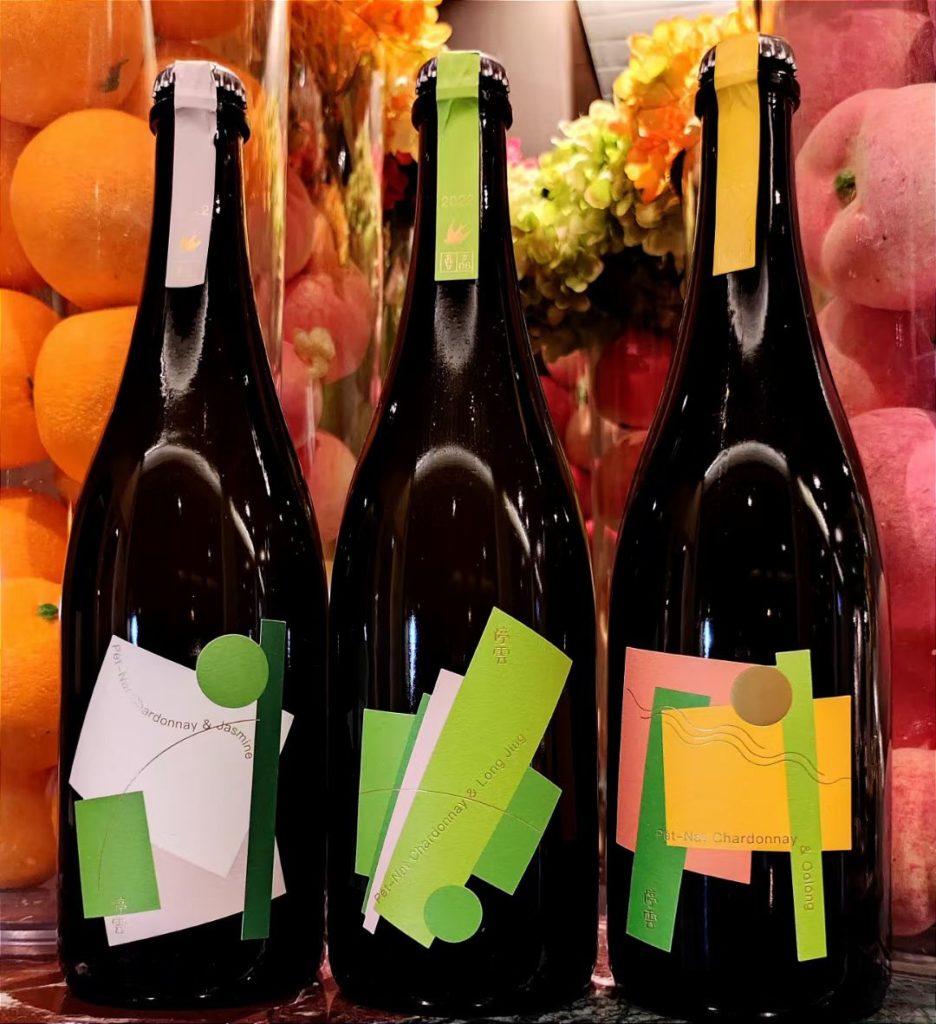
We opened all three at a Grape Wall of China wine tasting in January. I made some notes but, as often is the case, drank far too much and forgot them at Peach restaurant in Beijing’s Houhai lakes district. So, I’ll have to go from memory.
- Longjing is also known as Dragon Well and named after a town in Hangzhou most associated with this green tea. This Chardonnay was lively, with creamy bubbles, and lightest of the three infusions we tasted. It did, indeed, have some grassy green tea character along with touches of orchard fruit (I’m thinking nectarines) and citrus peel.
- The Chardonnay infused with oolong, a tea that is partially oxidized, was milder, heavier and more fragrant. This one had ripe apple character and touches of biscuit and malt at the finish. Although I didn’t poll everyone, my guess is this was the overall favorite of the three.
- Finally, the jasmine lived up to its namesake tea’s name in terms of aroma, with a distinct rich scent. It fell between the Longjing and oolong in terms of style, having some of the liveliness of the former but leaning more toward the body of the latter.
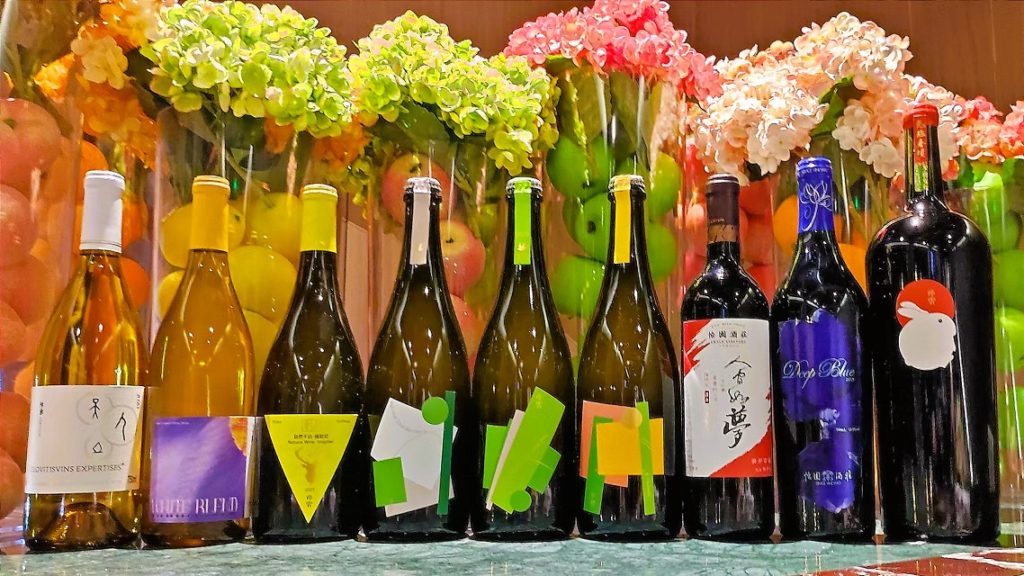
These wines won’t be everyone’s, ahem, cup of tea, but Grape Wall tasters tend to be adventurous and we all found it fun to compare and contrast these wines — I was also impressed at the fullness and endurance of the foam after each pour.
These pet-nats retail for CNY228 / US$33 each: find them and more of Liu’s wines on Taobao by using the store name below.
Finally, since the Chinese word for tea is ‘cha’, I hope this style of Chardonnay can riff on that to come up with a fun name for consumers.

I’ll post separately about the other wines at our tasting, including one with native grape Longyan (Dragon Eye), two skin-contact wines with rarely-seen-in-China grapes like Muller-Thurgau and Ehrenfelser, a pair of reds from Grace Vineyard, including Deep Blue, and more.
Thanks to Liu, to Peach Houhai and to the tasters–in this case, everyone at the table was someone I met in Beijing over a dozen years ago!
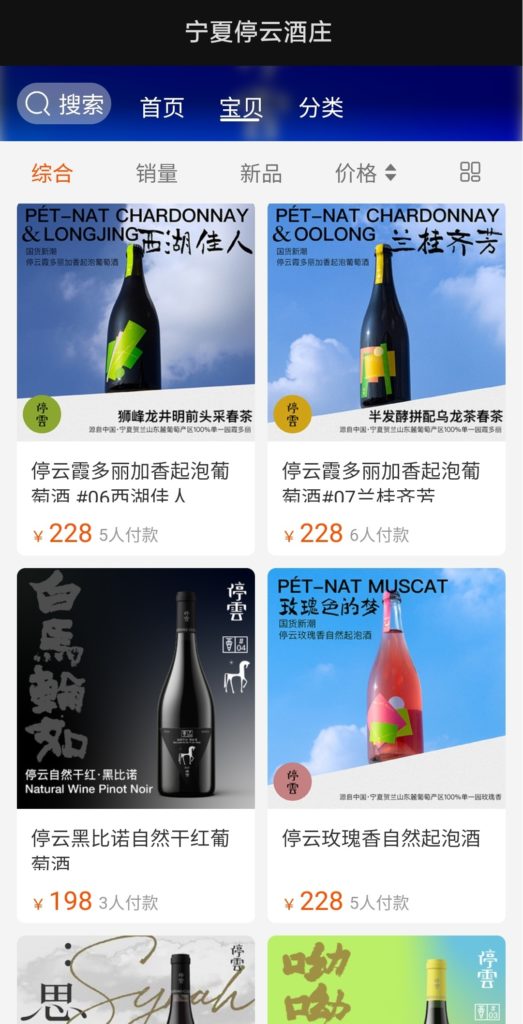
Grape Wall has no sponsors of advertisers: if you find the content and projects like World Marselan Day worthwhile, please help cover the costs via PayPal, WeChat or Alipay.
Sign up for the free Grape Wall newsletter here. Follow Grape Wall on LinkedIn, Instagram, Facebook and Twitter. And contact Grape Wall via grapewallofchina (at) gmail.com.

Leave a Reply
You must be logged in to post a comment.